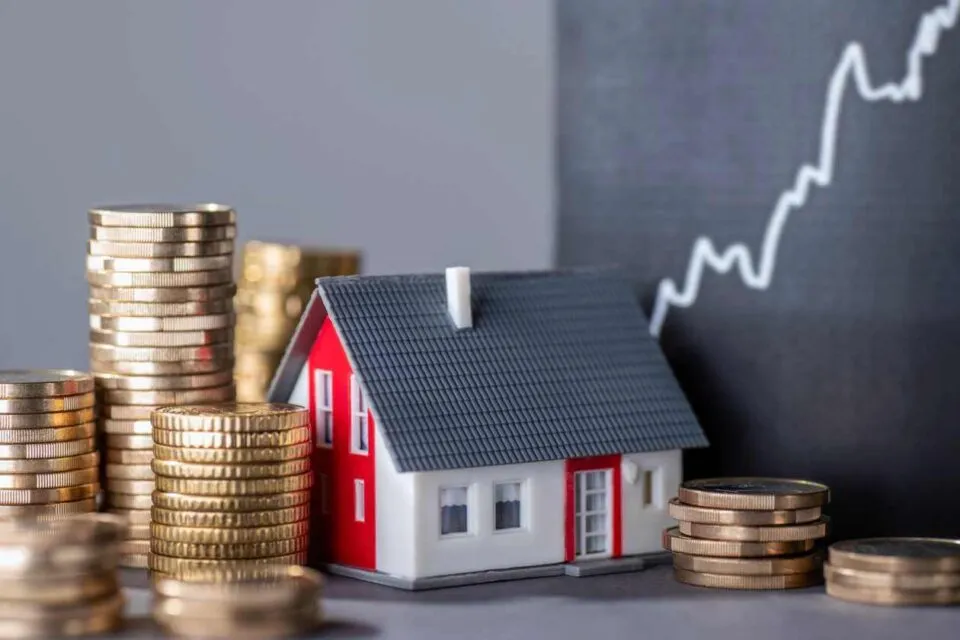The process of buying and selling property is underpinned by the critical role played by home appraisals. This valuation process, essential in real estate transactions, has undergone significant transformation over the years. The journey from traditional methods to the incorporation of advanced technologies reflects a dynamic shift in how property values are determined, impacting buyers, sellers, and the market at large.
The Traditional Approach to Home Valuation
In the early days, the appraisal process was heavily reliant on the expertise and judgement of experienced appraisers. These professionals would physically inspect the property, taking into account its condition, location, and comparable sales in the vicinity. The emphasis was on tangible, visual assessments, with a considerable amount of time spent on-site to ensure an accurate valuation. This manual, somewhat subjective process was the cornerstone of determining a property’s market value, laying the groundwork for negotiation in real estate transactions.
The challenge, however, was the inherent variability and potential for bias. Two appraisers could assess the same property and arrive at different valuations based on their interpretation of the data. Moreover, special circumstances, such as selling a house with tenants, could further complicate the appraisal. This scenario often required appraisers to consider not only the physical aspects of the property but also the legal and financial implications of existing tenancy agreements.
The Integration of Technology
The advent of technology has significantly altered the landscape of home appraisals. The introduction of automated valuation models (AVMs) marked a pivotal shift, leveraging algorithms and vast databases of property records to estimate values quickly and with less human bias. These models use historical data, property characteristics, and market trends to produce an appraisal, reducing the reliance on physical inspections.
Furthermore, the rise of digital platforms and mobile applications has streamlined the appraisal process. Appraisers can now access a wealth of information, including satellite imagery, digital property records, and market analyses, directly from their devices. This integration of technology not only speeds up the valuation process but also enhances its accuracy by providing a more comprehensive view of the property and its surroundings.
The Impact of Regulatory Changes
Regulations governing real estate transactions and appraisals have evolved alongside technological advancements. In response to past financial crises and the need for more transparency in the housing market, regulatory bodies in many countries have tightened appraisal standards. These changes aim to ensure that appraisals are conducted impartially and based on verifiable data, thereby protecting both consumers and lenders.
These regulatory adjustments have also encouraged the adoption of more rigorous appraisal methods and continuous professional development for appraisers. As a result, the role of the appraiser is becoming increasingly analytical, requiring a blend of market knowledge, technical skill, and adherence to ethical standards.
Navigating the Future
As we look towards the future, the evolution of home appraisals in real estate transactions continues at pace. Emerging technologies, such as artificial intelligence (AI) and blockchain, promise to further revolutionise the appraisal process. AI could enhance the accuracy of AVMs by learning from vast datasets and adjusting for market dynamics in real-time. Meanwhile, blockchain technology offers the potential for secure, transparent, and immutable property records, which could streamline the verification process involved in appraisals.
A Glimpse Beyond
The evolution of home appraisals from manual inspections to sophisticated digital processes illustrates the real estate sector’s adaptability and commitment to accuracy and fairness. As technology advances, the appraisal process will undoubtedly become more efficient and precise, benefiting all parties involved in property transactions.
The journey of appraisal methodologies—from their rudimentary beginnings to their current state and beyond—highlights the industry’s ongoing pursuit of innovation and excellence. This progression not only enhances the reliability of property valuations but also reflects the dynamic nature of the real estate market itself.
